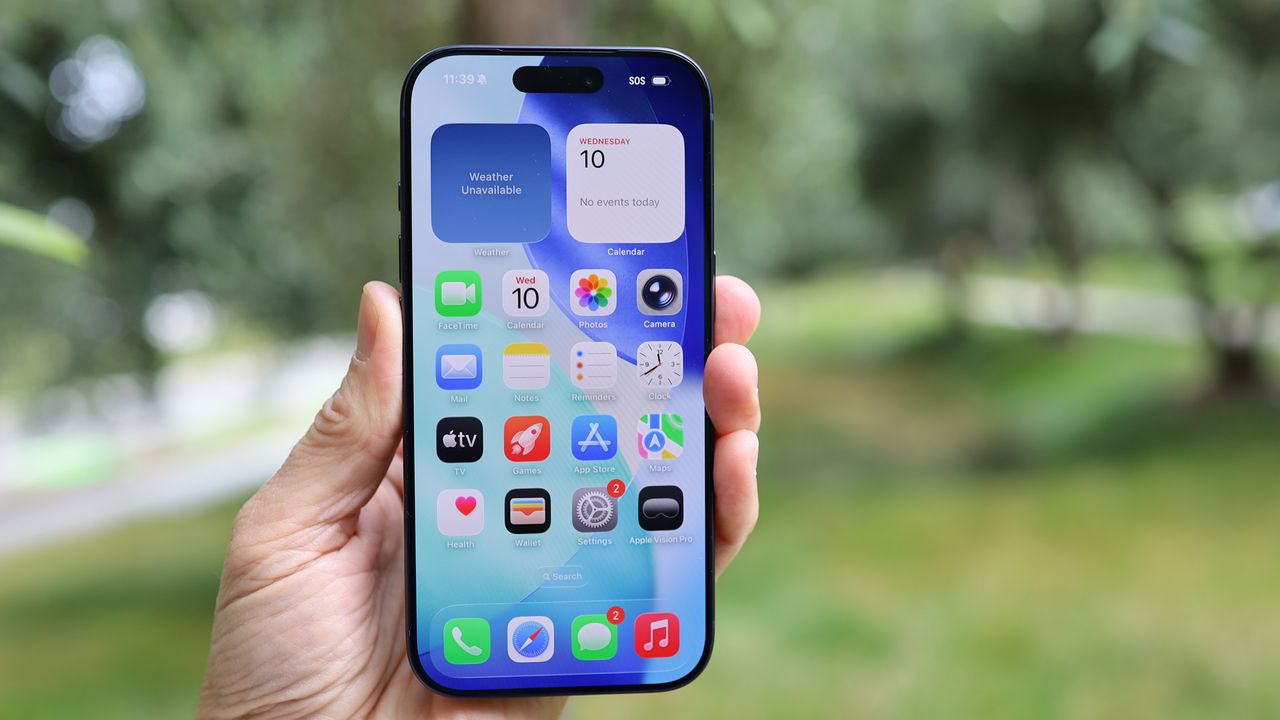
When it comes to things like developer tools, many don’t hear about them outside of the world of technology. But the developer tools that were announced during Apple’s Worldwide Developer Conference this week could actually have a significant impact on both the number of apps and possibly even the quality of apps available to consumers throughout the ecosystem. The one thing that many developers cannot stop talking about is SwiftUI.
What is SwiftUI? Well, about five years ago, Apple decided to make development easier with the launch of its Swift programming language. At WWDC this week, it expanded on that vision with the launch of a new user interface called SwiftUI. The framework, which is built from the ground up, is designed to help developers build a full-featured user interface with smooth animations using simple, declarative code. Simply put, it means that developers can save a lot of time by using SwiftUI’s automatic functionality when it comes to designing apps that are both well-designed and will have fewer bugs. Apple describes this as not just less code, but better code as well.
The simplicity is meant to eliminate entire categories of errors that might come up. SwiftUI has code that is easy to read – like having someone explain a user interface to you, and it will let developers reuse more code across its platforms. But it also allows for iteration to become much faster. If a developer wants to change a part of their app’s user interface, it’s a much quicker, easier change.
SwiftUI’s framework helps with interface layout, adapting apps for iOS 13’s new Dark Mode, accessibility, right-to-left language support, and internationalization, among other things. Just as important, SwiftUI can be used across Apple’s app ecosystem by way of the same API built into iOS, iPadOS, macOS, watchOS and tvOS.
The great thing about this is that it could kickstart cross-platform development from publishers who previously focused only on iOS. To what extent this will take place depends on the app’s specifics, but SwiftUI will definitely appeal to new developers as well as novices looking to get started for the first time.
The news of this SwiftUI comes alongside a new version of Xcode (more specifically, Xcode 11), which also includes a new graphical UI design tool that will allow developers to build a user interface using SwiftUI, without having to write code. The Swift code is automatically generated as changes to the UI are made within the visual design tool. Developers can then see real-time previews of how their apps will look and how they work by running them on connected devices like iPhone, iPad, iPod Touch, Apple Watch and Apple TV.
This will allow developers to test how their code works with each platform, ranging from how the app responds to multi-touch or how it works with the camera and other sensors during the development process. This announcement will definitely streamline and simplify the development and design process, allowing more people to code and encouraging app development outside of iOS.



